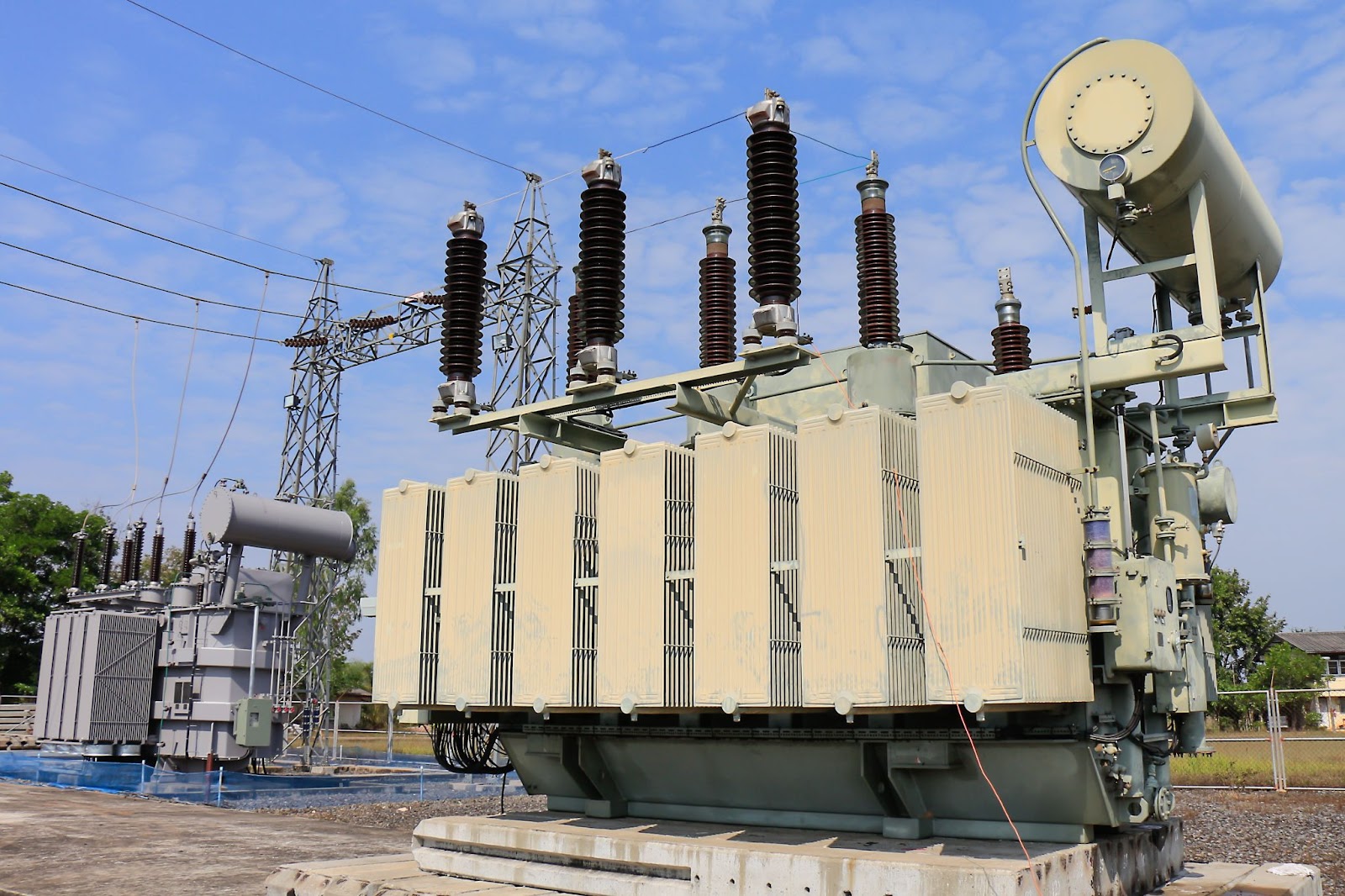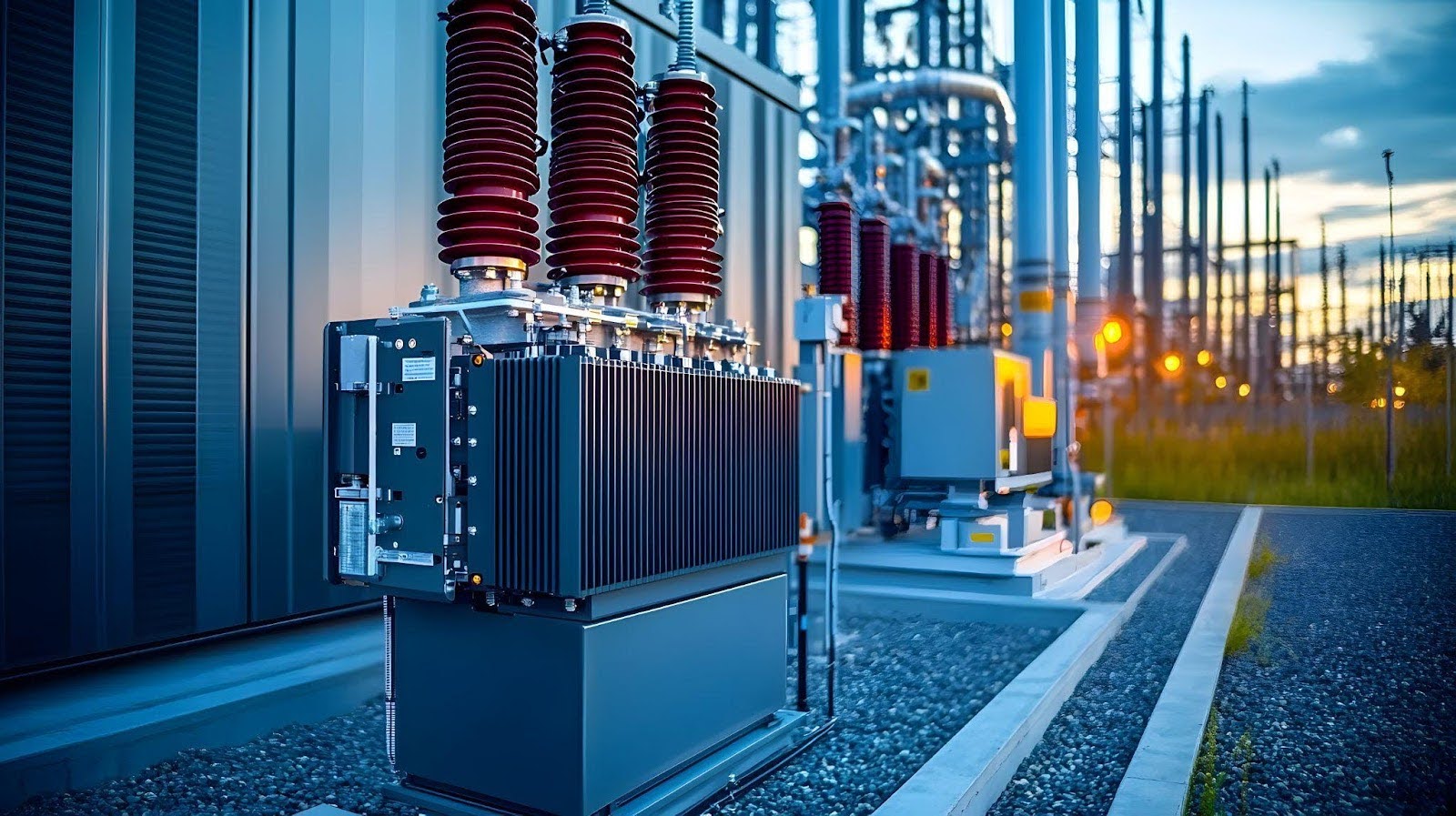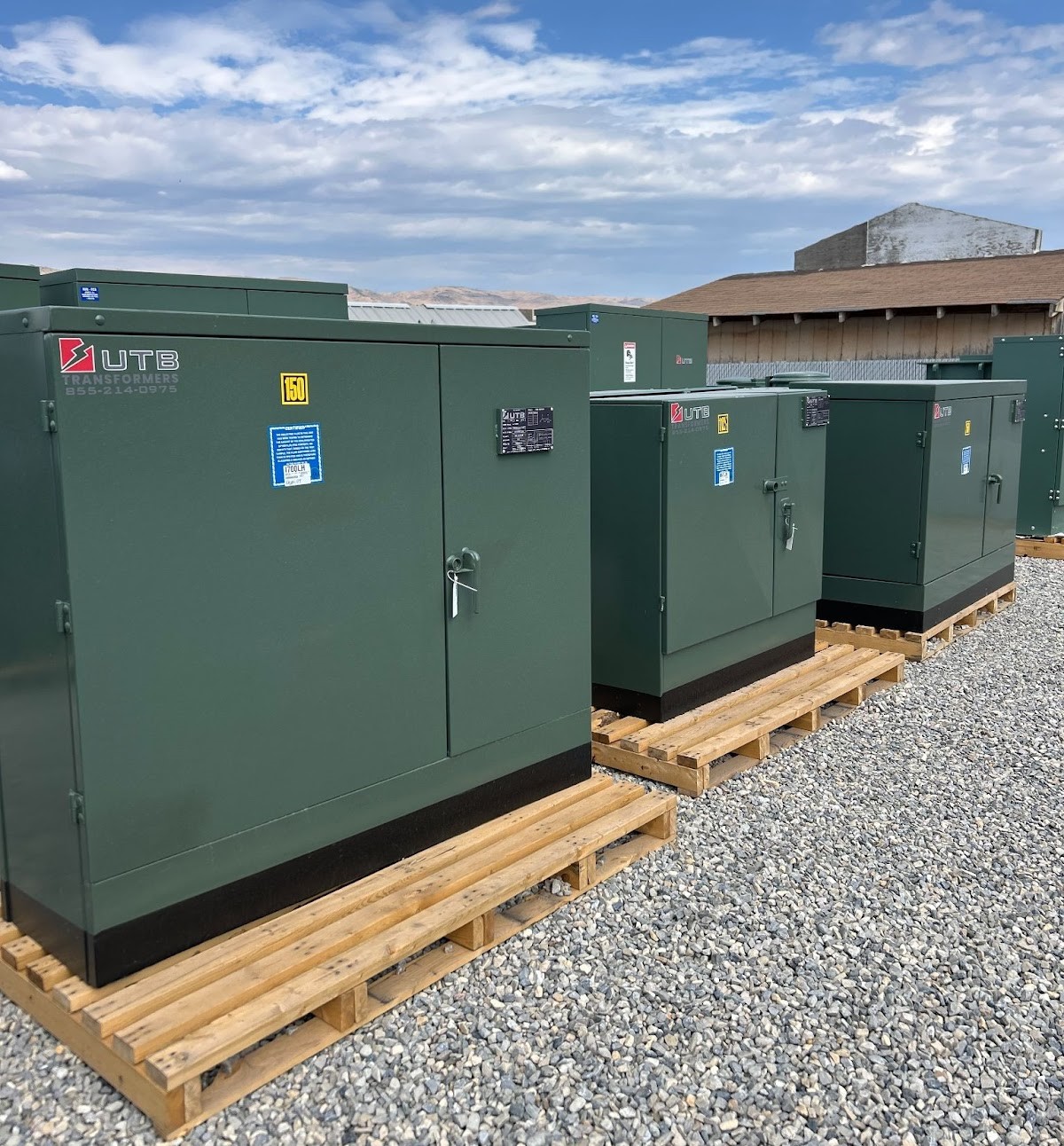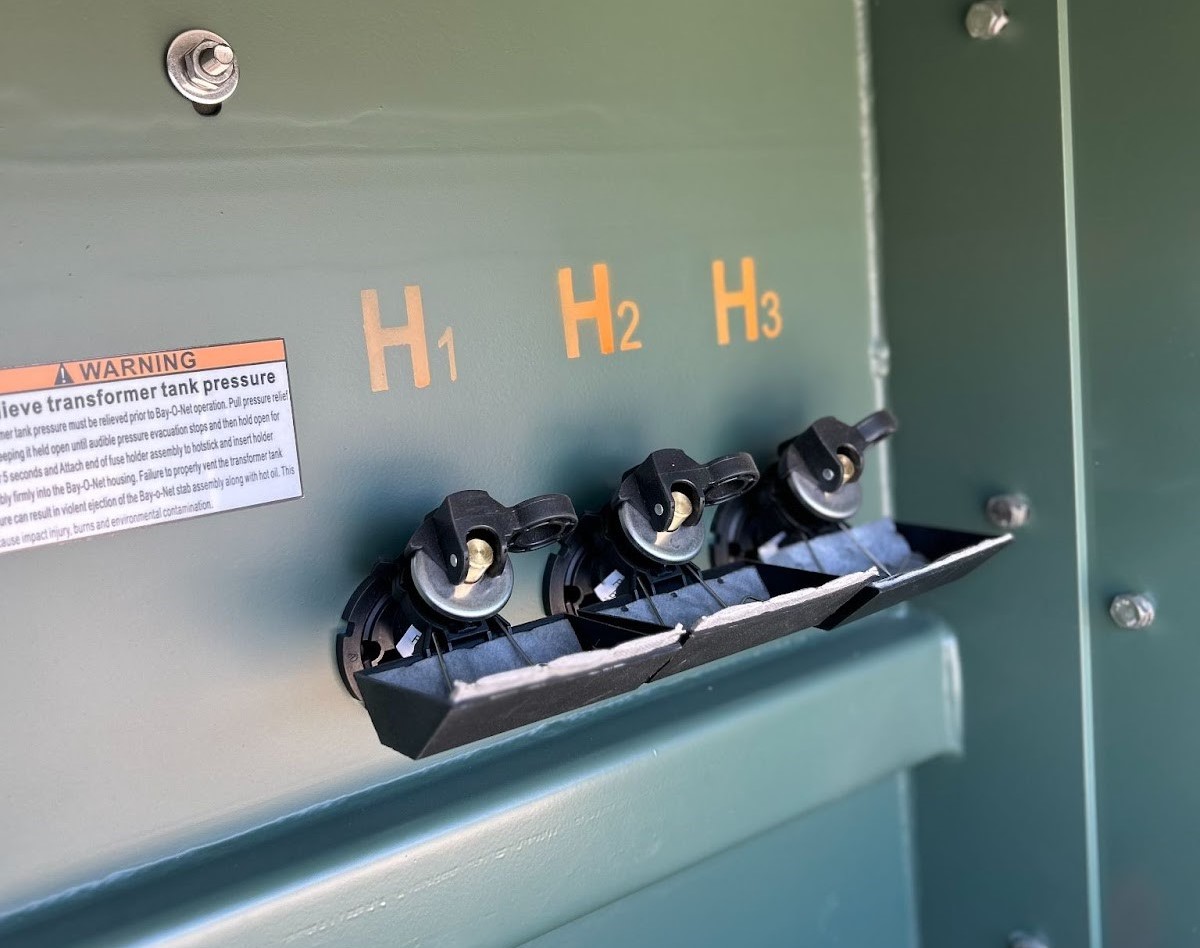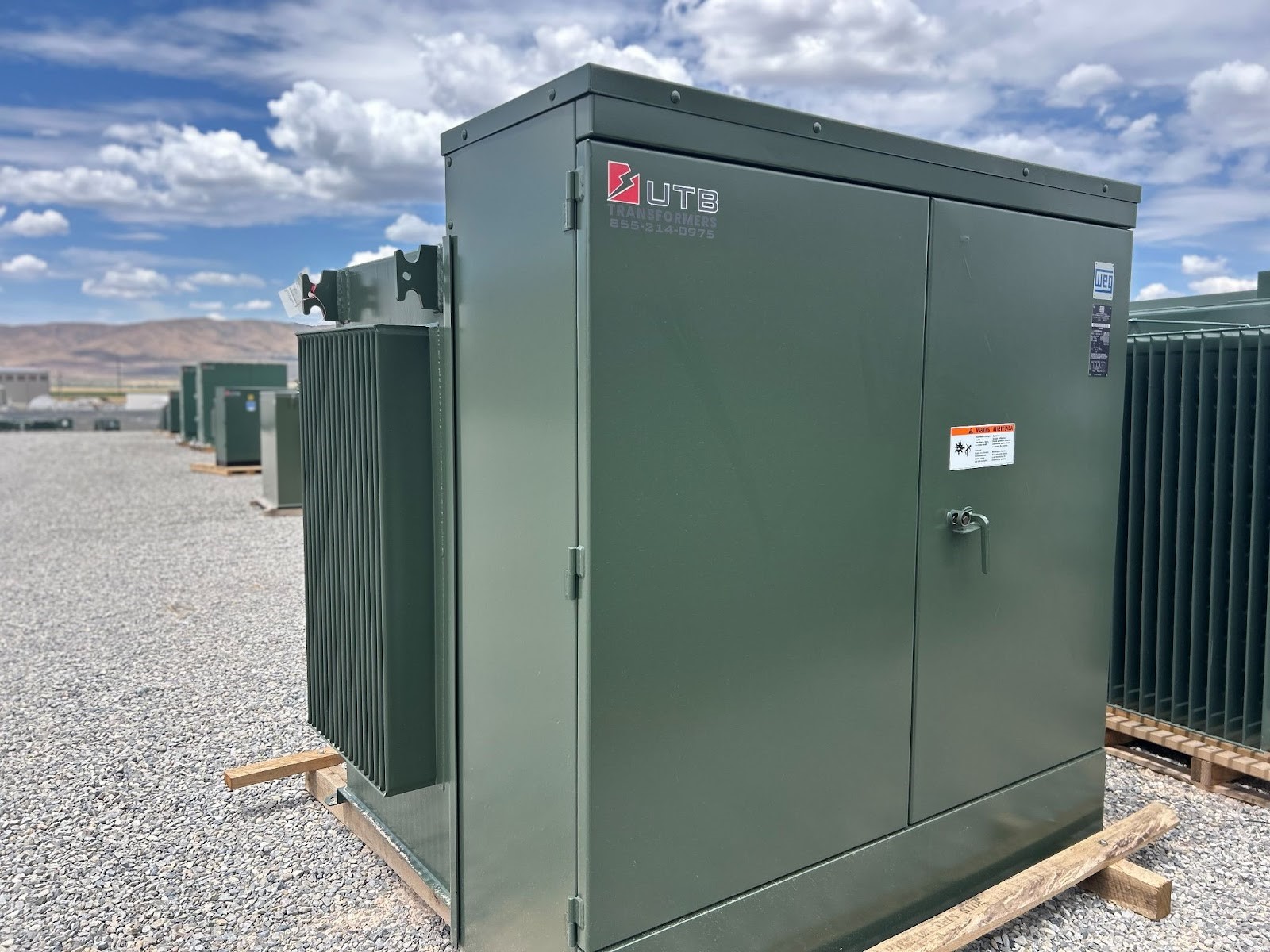You need transformer safety to maintain the integrity and reliability of the grid, especially as demands and energy sources evolve. Substation voltage regulators are key components in enhancing transformer safety and effectively managing voltage fluctuations.
These devices are essential for smoothing out the inevitable variations in voltage that occur in power systems, thus preventing potential hazards and improving the grid’s overall functionality.
In this blog, we will explore how substation voltage regulators contribute to transformer safety, exploring their mechanisms, benefits, and critical role in ensuring grid stability. Join us as we uncover the layers of technology behind these systems and their significant impact on our daily energy consumption.
What is a voltage regulator?
A voltage regulator might sound complicated, but it’s quite simple. It’s a special device that helps control and stabilize the amount of voltage that flows through the power lines. Voltage is the force that pushes electricity from one place to another. If too much voltage is flowing, it causes all sorts of problems, like damaging electrical devices or even causing fires.
A voltage regulator helps prevent these problems by ensuring the right amount of voltage is delivered to our homes, buildings, and schools. It works by monitoring the voltage levels and making adjustments as necessary. It’s like having a super-smart robot that detects when things are going wrong and quickly fixes them.
Why we need voltage regulation
When the voltage is too high or too low, it creates problems for all the electrical devices connected to the grid. Let’s examine the issues you might encounter without substation voltage regulators.
Voltage fluctuations
Imagine if the voltage in the power grid fluctuated drastically. That could damage our electrical appliances. Our lights might flicker when the voltage is too low, and our appliances may not function properly. On the other hand, when the voltage is too high, like a powerful gush of water, our electrical devices may be at risk of getting damaged.
The role of substation voltage regulators
To prevent these voltage-related issues, we have substation voltage regulators. These regulators are installed at different points along the power grid to ensure the voltage remains within safe and reliable limits.
The substation voltage regulator’s main job is to maintain a steady flow of electricity by adjusting the voltage as needed. It continuously monitors the voltage levels and makes minor changes accordingly. Like an attentive caretaker in a garden, it ensures that the voltage is neither too high nor too low, but exactly right.
It takes action when the substation voltage regulator detects the voltage is higher than it should be. It works like magic to reduce the voltage to the proper level, ensuring that our electrical devices receive the right amount of electricity. This prevents appliances from being overloaded or damaged due to excess voltage.
Likewise, the substation voltage regulator steps in once again when the voltage is lower than required. This clever device works its magic by increasing the voltage to the appropriate level, ensuring electrical devices receive enough power to function optimally. This helps eliminate issues like flickering lights or appliances not turning on.
Balancing the grid
Substation voltage regulators maintain a steady voltage and help balance the load on the power grid. Load balancing ensures that no single part of the grid becomes overloaded with too much electricity.
By distributing the load evenly, the regulators prevent strain on the power lines and equipment, thus reducing the risk of outages and disruptions.
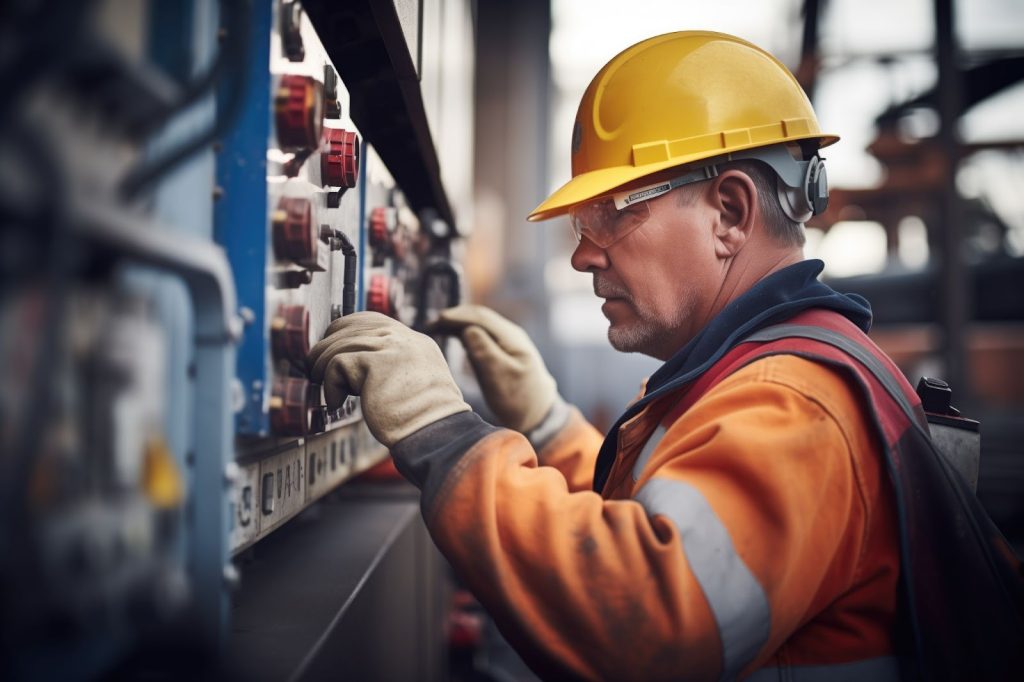
Types of voltage regulators
Different types of voltage regulators help improve grid stability. Let’s take a closer look at them:
1. Tap changer voltage regulators
Tap changer voltage regulators are the most commonly used type. They work by adjusting the voltage levels of substation transformers. These regulators have a number of taps, which allow for voltage adjustment.
Changing the tap position will increase or decrease the voltage as needed. This helps maintain a steady voltage level and ensures electrical equipment operates efficiently.
2. Step voltage regulators
Step voltage regulators are another type of voltage regulator used in substations. These regulators stabilize voltage fluctuations during high loads or low voltage conditions.
Step voltage regulators operate by boosting the voltage when it falls below a certain threshold or reducing it when it exceeds a certain limit. This ensures that the voltage remains within a safe and stable range, preventing damage to equipment and maintaining a reliable power supply.
3. Line drop compensators
Sometimes, the voltage level drops significantly when electricity is transmitted over long distances. Line drop compensators counteract this effect.
These regulators are placed along the transmission lines to monitor and adjust the voltage levels. They compensate for the voltage drop by increasing the voltage when necessary, ensuring you maintain the required level throughout the power grid.
4. Static voltage regulators
Static voltage regulators are solid-state devices used to regulate and stabilize voltage levels. They are highly reliable and efficient. They use electronic components to control voltage fluctuations, ensuring constant output. These regulators are known for their fast response times, making them ideal for maintaining grid stability in real time.
5. Series voltage regulators
Series voltage regulators are installed in series with the power lines to regulate the voltage. They work by adjusting the resistance in the circuit, which controls the voltage level.
Series voltage regulators can continuously fine-tune the voltage, providing precise regulation. They are beneficial in areas with high voltage variations or where constant voltage is needed for sensitive equipment.
6. Direct control voltage regulators
Direct-control voltage regulators provide direct control over voltage levels. They use feedback mechanisms to monitor and adjust the voltage in real time. These regulators are highly reliable and accurate in maintaining stable voltage levels. We often use them in critical applications where even minor voltage fluctuations could lead to significant issues.
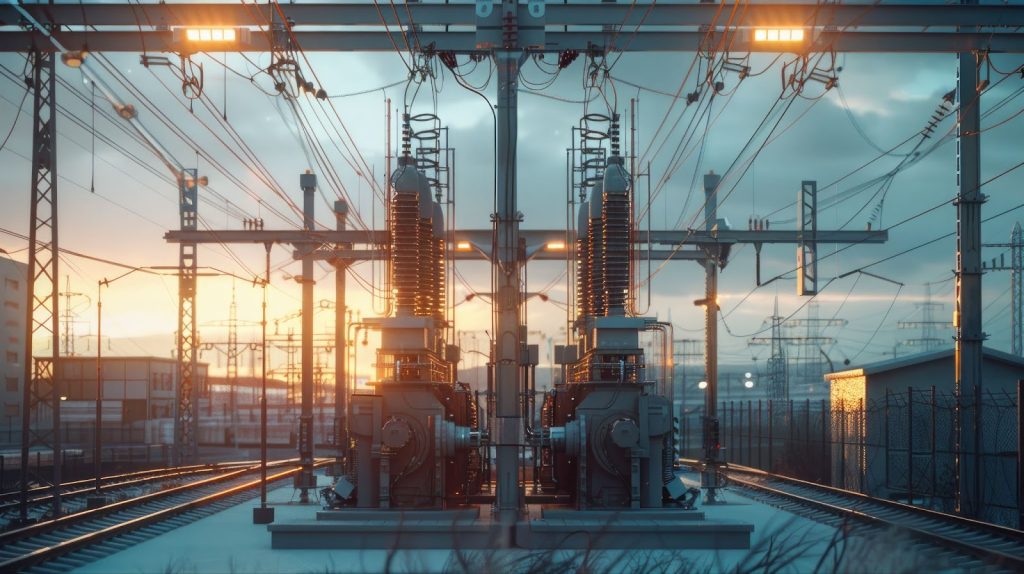
Integrating voltage regulators with renewable energy sources
Integrating voltage regulators with renewable energy sources is important to improve grid stability. As we all know, renewable energy sources have gained immense popularity in recent years due to their clean and sustainable nature.
However, their intermittent nature poses challenges for balancing supply and demand on the grid. That’s where voltage regulators play a vital role.
Voltage regulators are devices used in power systems to control and stabilize the voltage levels of electricity. They ensure the voltage remains within a safe and acceptable range, protecting our appliances and electrical devices from damage.
Traditional voltage regulators have been primarily used in substations to regulate the voltage coming from power plants before distributing it to consumers. But now, they are also being integrated with renewable energy sources to overcome the fluctuations caused by their variable outputs.
One of the main issues with renewable energy sources is their dependence on environmental conditions. For instance, solar panels generate more electricity when the sun shines brightly, whereas wind turbines produce more power when the wind blows steadily.
However, these conditions are not constant and sometimes result in voltage instability, which disrupts the grid’s normal functioning and potentially damages connected devices.
Integrating voltage regulators with renewable energy sources will effectively mitigate these fluctuations. When the output from a renewable energy source decreases, the voltage regulator quickly compensates by increasing the voltage to maintain stability on the grid.
Similarly, when the output increases, the regulator can adjust the voltage to prevent any excess flow of electricity that could cause damage.
Furthermore, voltage regulators help smoothly integrate renewable energy sources into the existing grid infrastructure. The grid was predominantly built to handle power generated by conventional fossil fuel plants, which provide a steady and controllable output.
With the increasing penetration of renewable energy, the grid needs to adapt to accommodate the variability in generation. Voltage regulators aid in this adaptation process by ensuring the voltage remains within the desired range, even with fluctuating renewable energy inputs.
Another advantage of integrating voltage regulators with renewable energy sources is their ability to enhance power quality. Power quality refers to the consistency and reliability of electrical supply.
Voltage fluctuations lead to voltage sags or surges, which can cause flickering lights and damage electronic devices. Voltage regulators reduce the occurrence of such issues, resulting in a more reliable and consistent power supply.
Contact UTB Transformers today
Ready to enhance your grid’s stability and efficiency with top-tier substation voltage regulators? Look no further than UTB Transformers.
Our advanced voltage regulators ensure consistent power quality, reduce operational costs, and extend the lifespan of your electrical equipment. Whether integrating renewable energy sources or upgrading existing infrastructure, UTB Transformers provides reliable solutions tailored to your specific needs.
Don’t let voltage fluctuations disrupt your power system. Trust UTB Transformers to deliver robust voltage regulators that guarantee improved grid stability and performance.
Contact UTB Transformers today to learn more about our products and how we can help you achieve optimal energy efficiency and reliability in your power distribution network. Let UTB Transformers be your partner in powering the future.

